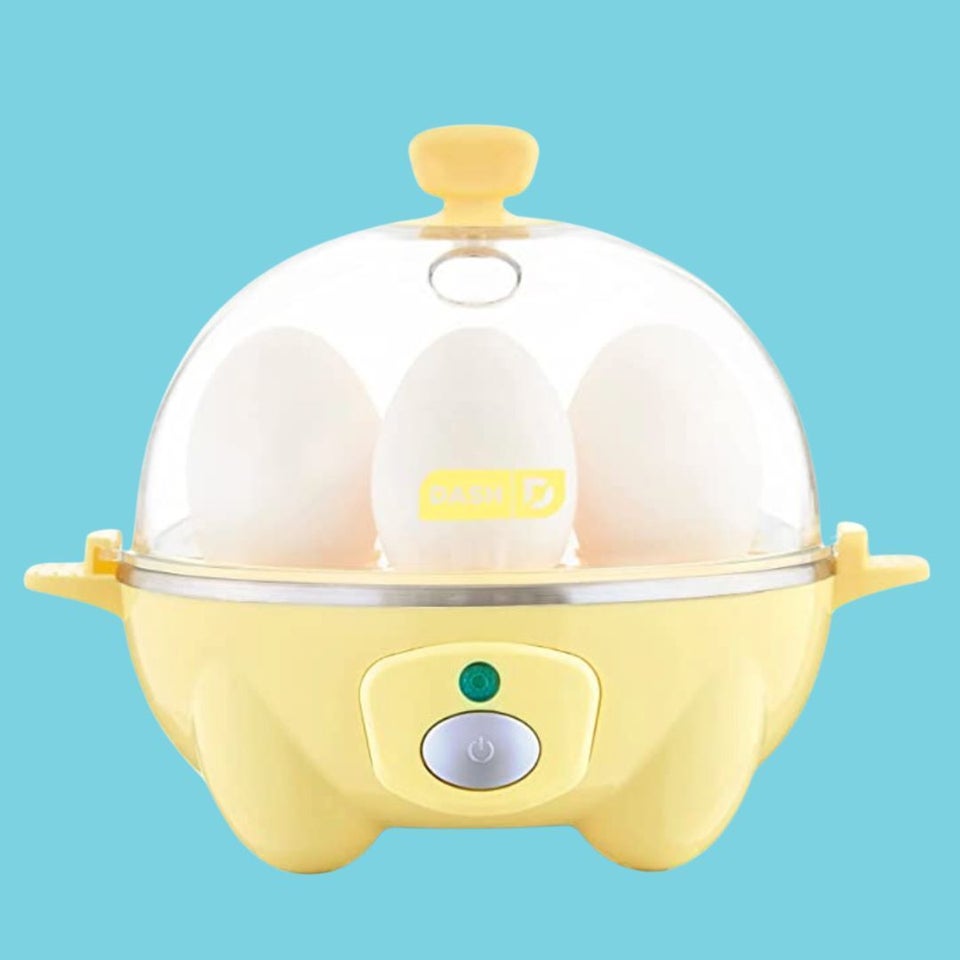
It’s been estimated that Americans dye and decorate 180 million eggs for Easter Sunday. It seems a shame for them to be wasted, so we should eat them, right?
Slow your egg roll.
There are some parameters to keep in mind if you don’t want to risk salmonella poisoning.
Start off by making sure your hard-boiled eggs are fresh.
Get fresh eggs before you boil them. Do the float test: Drop eggs into a pot of water. The sinkers are good, and the floaters should be tossed in the trash. Then follow this guide to hard-boil them for just the right amount of time.
When it comes to undecorated hard-boiled eggs, the American Egg Board, an industry group, and the U.S. Department of Agriculture both say hard-boiled eggs in the shell will last for one week in the refrigerator. But peeled hard-boiled eggs should be eaten the same day for the best quality, according to the Egg Board.
Don’t freeze your eggs. While you can freeze fresh eggs that have been removed from their shells, the Egg Board doesn’t recommend freezing hard-boiled eggs, either in or out of the shell.
What about eggs that’ve been used as decorations?
If you’ve kept your dyed eggs out at room temperature for decoration or for an Easter egg hunt, follow the age-old “danger zone” rule from the USDA.
Any food that has been between 40 degrees and 140 degrees (aka the danger zone) for more than two hours should not be eaten. In other words, never eat perishable food that’s been out of refrigeration for more than two hours. That’s the point at which bacteria starts to multiply at a frightening rate.
Even if your eggs have been properly refrigerated, make sure you never eat a decorated egg with a cracked shell, in case it’s been exposed to contamination.
What about the dye itself? Does that make the egg inside unsafe to eat?
Again, it’s always safest to avoid eating dyed eggs that have cracked shells, especially if you’re not using all-natural dyes.
And absolutely never eat eggs that were dyed with chemicals that weren’t made for food coloring, whether the eggs are cracked or not. There are a lot of Pinterest-popular dyeing hacks out there that recommend using household items like shaving cream, but don’t use those hacks for eggs you intend to eat.
Here are a few more safety tips from the American Egg Board:
Wash your hands thoroughly before handling the eggs at every step, including cooking, cooling, dyeing and hiding.
If you won’t be coloring your eggs right after cooking them, store them in their cartons in the refrigerator.
Don’t color or hide cracked eggs.
If you plan to use hard-boiled eggs as a centerpiece or other decoration and they will be out of refrigeration for many hours or several days, cook extra eggs to refrigerate for eating. Discard the eggs that have been left out as a decoration.
Now go and have a safe Easter. Just don’t forget where you hid the eggs! (“Gilmore Girls” fans will know what we’re talking about.)
Happy Easter!
